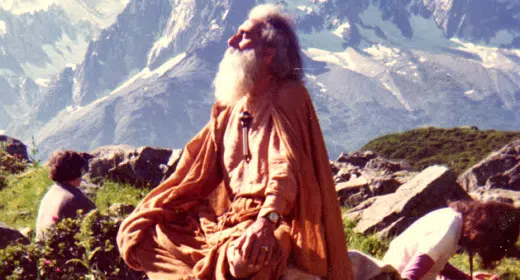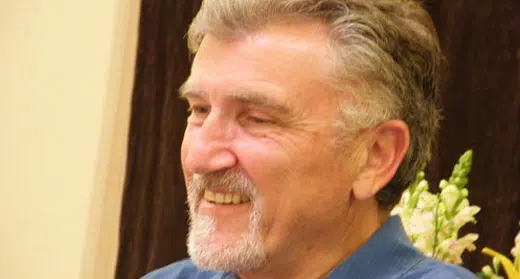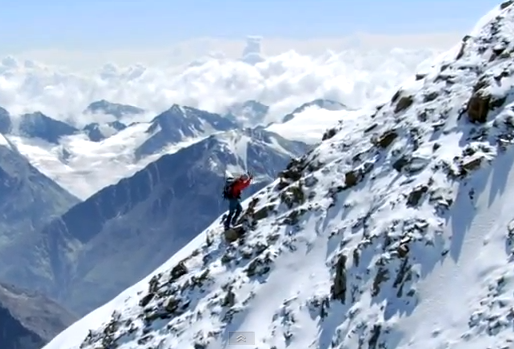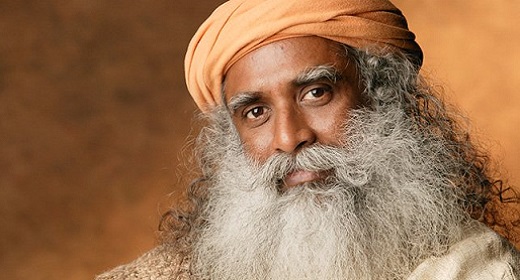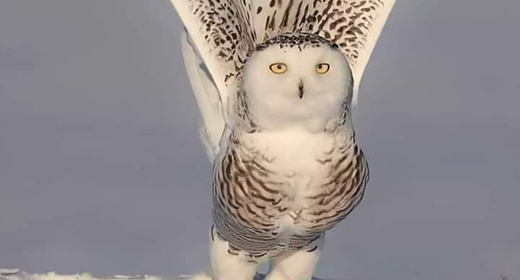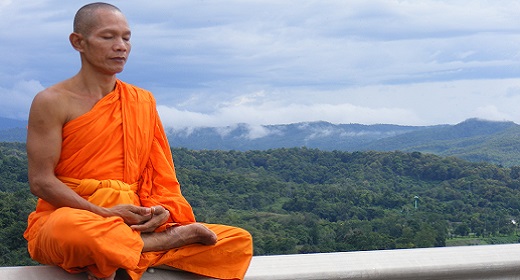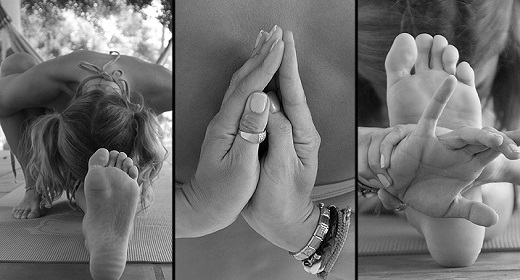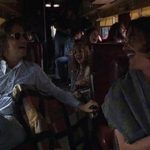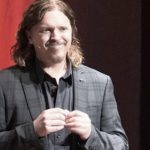by Donna Quesada: The author of The Buddha in the Classroom, reflects on birth, death, losses, and gains….

After our 13 year-old poodle passed away last year, we couldn’t yet bring ourselves to give away his toys. After losing a loved one—whether human or pet—there’s a part of the mind that tricks itself into believing that the deceased one still cares about the material items left behind. Rather than do anything at the time, my husband tucked them away in a plastic storage bin.
The other day when I was putting sheets away, a hedgehog with a gnawed nose caught my eye. Soon I was finding all sorts of treasures—like the old tractor my son used to play with as a child and the tattered old baby blanket he dragged around until he started kindergarten.
There is a tendency to confer a different significance to these two different kinds of discoveries. The first event recalls a beloved pet that has passed away, and in its sense of finality, tends to evoke sadness. The second involves the belongings of a boy who has simply become a man and, as it isn’t shrouded with that same quality of finality, stirs up an agreeable sort of nostalgia.
While each of us will respond in our own personal ways to the challenging events of our lives, much has to do with our interpretations of them. My point is merely to suggest that with greater contemplation, the difference between events, such as the ones I’ve shared, is less distinct than imagined.
When I said goodbye to Simba on that day last year, it was not the same little doggy that once chewed those stuffed animals. And the man that came up to visit last weekend is not the same person that dragged that old blanket around until we’d hid it, 15 years ago. Neither are here, yet, in uncountable ways, both are infinitely here.
Birth and death, birth and death! When my Zen teacher repeats these words, it is because they reveal a great truth about existence. Neither is what we believe it to be. And despite the concrete definitions we accept by convention, neither is definable and neither refers, objectively, to any specific event. Those two words reveal the reality of life’s continuum.
We celebrate the occasion of a baby’s birth as a singular event and we mourn the death of a loved one as a final farewell to life. But both birth and death are present, unceasingly, at every moment of every life. We might only notice when we look back and note all the change that has taken place over time, or when something shakes us to such a degree that we’re thrown into shock — when we’re sure nothing will ever be the same again. But it’s at anymoment that nothing will ever be the same again.
I recently saw a documentary about the American spiritual teacher, Ram Dass. In one scene, a young woman shares a dream in which she asks her recently deceased fiancé if she will ever find someone else to love. “This was small peanuts,” he replies, “and when you find that love, I’m part of it.” At this, Ram Dass breaks down at the power of the message and through tears, whispers “Yum, yum, yum, yum.”
As I write, a little terrier with bushy eyebrows nudges my Mac so that he can squeeze himself under it and rest in my lap. And when I’m not home, he sleeps in Simba’s old bed—a symbol of the sense in which Simba passed life on to this little dog we call Marcel. When my husband and I brought him home from the pound, there was never any thought of “replacement.” It would have been superficial to think that way. We will love many times during the course of our lives, our friends, our children, our pets and our lovers—we love them as they change and we love them in different ways at different times. Like the waves in the ocean, each life is beautiful and unique in its own way and like the waves, each will one day dissolve into the sea of life from which it came and from which it was never really separate. One wave rises up and falls and is succeeded by the next. It is a never-ending continuation.
When a loved one passes away, we need to fill something in, where it says, “time of death.” But death happens in stages. I remember the day I got the call about my grandmother. Her heart had finally stopped. But in a very real sense, she had already been lost to us for many years. The mental and physical decline happened in imperceptible steps, but it was too subtle and we are both too distracted and too reluctant to notice.
I refold some of the sheets in the storage shed and reflect on this process. When did that sweet doggy stop chewing these toys? And my beloved grandmother—could I name the day when she first stopped recognizing me?
We draw a thick black line between birth and death, as we draw lines through all of reality. But, like lines drawn in sand, they’re arbitrary, sketchy lines. Now here, now there, and the waves of time wash them away. After a lifetime of seeing the world in segments, the divisions seem just as real as the sun shining in our eyes: mind and body, right and wrong, east and west, humanity and nature.
But life and death, in reality, form a continuum, like a round of voices in mellifluous harmony, where one voice disappears into another, and the break is indiscernible. When did you become an adult? On the day of some random demarcation called a birthday? Or, similarly, when did you become a painter, or a doctor—at some point during those long hours in Urgent Care as an exhausted intern? After passing the most monstrous exams? After drawing blood for the first time? After saving a life for the first time? How do you know when you’ve saved a life? Maybe we’ve all saved a life.
Where do we ever draw the line?


